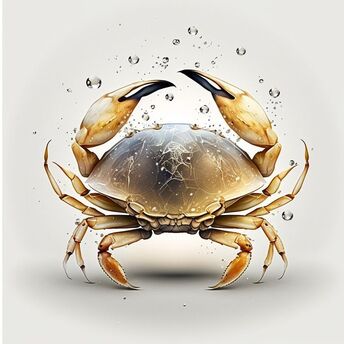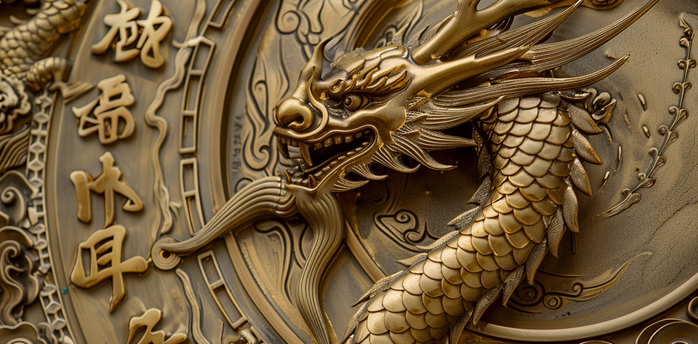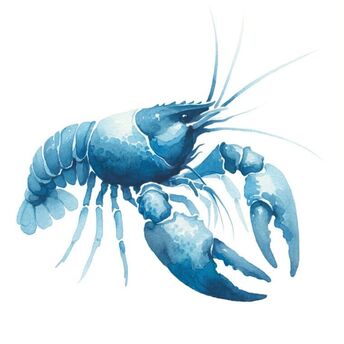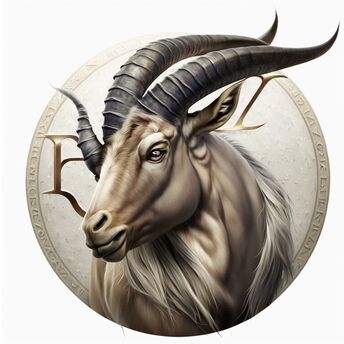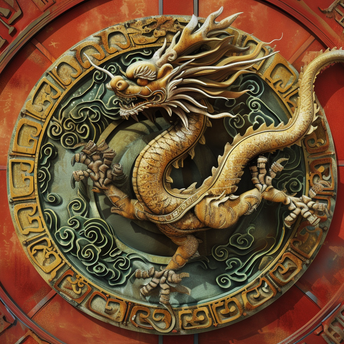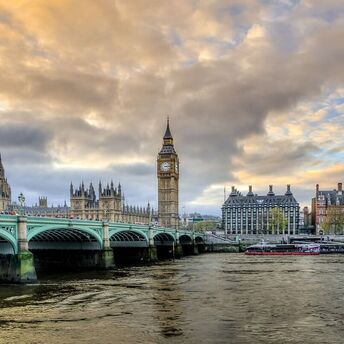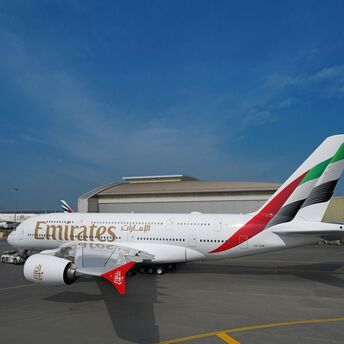The 12 dirtiest places on an airplane you shouldn't touch
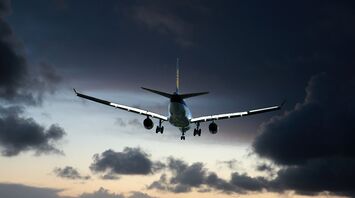
Considering the fact that most commercial aircraft can accommodate up to 350 passengers, it seems inevitable that dirt and grime will find its way on board. Quick stopovers, busy flight schedules, and the constant boarding and disembarking of passengers mean that cleaning is not always a top priority for large airlines. While this is not a revelation, airlines often prefer to sweep cleaning under the rug.
However, under the microscope, some parts of the airplane are disturbing to say the least and should be avoided. Most would probably think that the dirtiest part of an airplane is the restroom, but there are many other parts of the plane that are more prevalent. Thetravel.com has published a list that covers different things that travelers shouldn't touch on an airplane.
12. Flight brochures
Brochures found in the front seat pocket are often smothered in germs. So if you need to touch it, take a wipe or ask for one. Many people don't realize that you can ask the flight attendant for a disinfectant wipe during the flight, especially if it makes it easier to clean them. They will probably appreciate the help. Alternatively, if you're too shy to ask, consider some of the tips for minimalist packing for a long flight and use them to bring a small, travel-friendly hygiene/disinfectant kit.
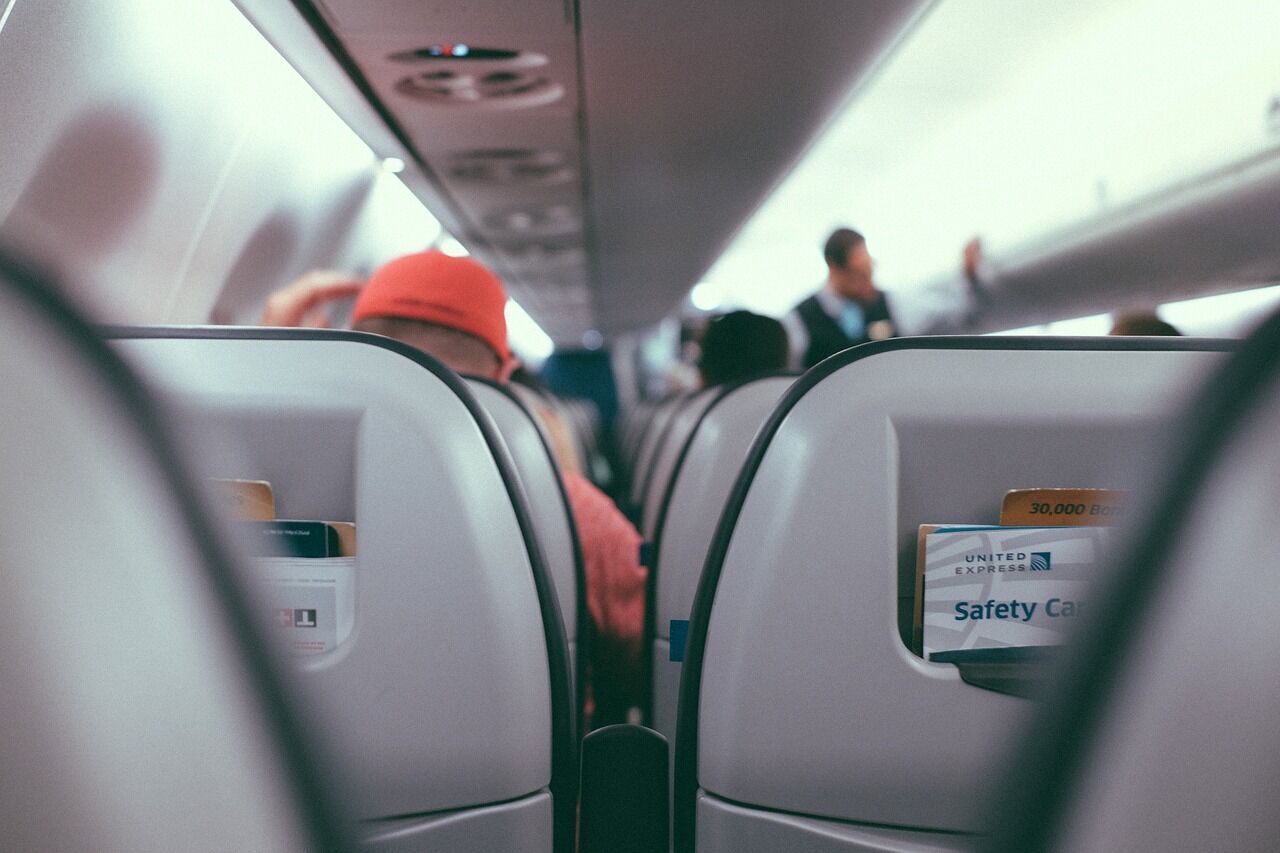
11. Help buttons
One of the most popular features on an airplane is the help button. They are usually filled with other people's germs, regardless of the airline you fly on. Most people don't wipe them themselves, and flight attendants are often too busy cleaning large surfaces between flights to get to them. It's a good idea to bring Clorox with you on your flight to make sure you can get help without getting sick.
10. Trays for seat backs
Airplane trays can carry eight times more germs than toilet flush levers. One of the areas that gets the least attention is the seatback tray table (you know, the one you put your food on!). And they are often overlooked when cleaning.
9. Ventilation holes
As humans, we are all different. Some of us sleep with the fan on, while others need complete silence. Well, we also all have pretty picky individual preferences when it comes to air conditioning. Compared to airplane toilets, there is minimal rough contact with the vents. Thus, cleaning is also minimized.
8. Seat belt buckles
There are some places on board that we can consciously avoid if we know about them in advance. One thing we cannot avoid, despite our best efforts, is the seat belt. Sure, it may not be the dirtiest place on board, but hundreds of people have fondled it before you, and hundreds will do the same when you leave the plane.
7. Headrests
The headrests of the aisle seats are another of the dirtiest places on an airplane. These are the areas that we have to be especially careful with because they not only come in contact with our faces and hair, but also with the thousands of hands that go back and forth in the aisle, relying on them for balance. So we have no idea who washes their hands and who doesn't, and as a "low germ zone," headrests don't like to be cleaned very much.
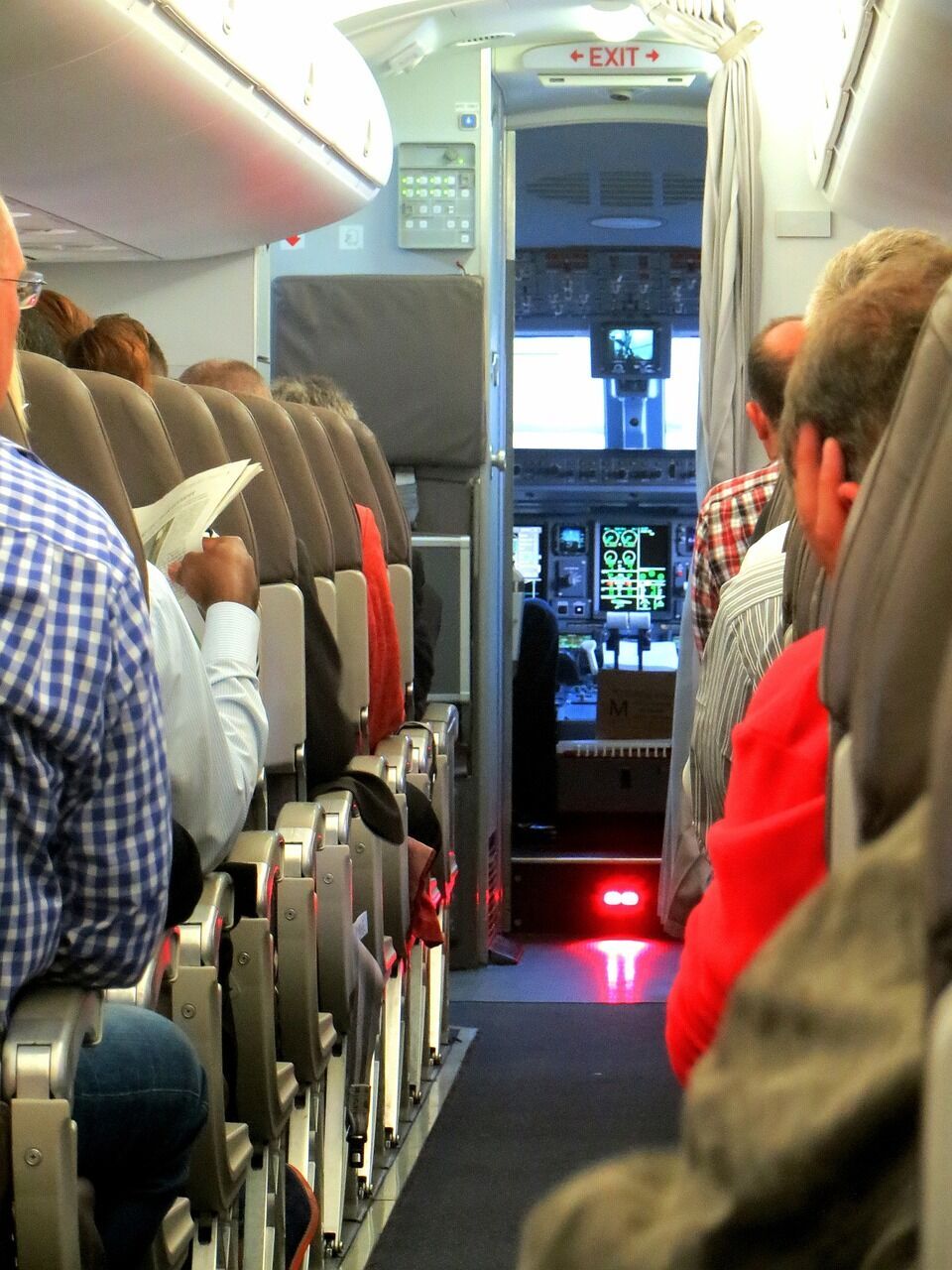
6. Blankets
The blankets provided by airlines may be handy to keep passengers a little warmer and more comfortable, but they are also incredibly light, thin, and often extremely small. This means that you still have to wear a large hoodie and woolen socks to keep warm. All in all, that's not so bad, right? Oh, we forgot to mention that your blanket has already been used by countless other passengers. As a rule of thumb, don't use any airline blanket unless you physically unwrap it from the plastic (meaning it's been washed). Otherwise, you will not be able to know for sure whether it was washed beforehand.
5. Rear seat pocket
From chewed fingernails to banana peels, sweet crumbs, soft baby food, and snotty noses, the seatback pocket can be a pleasant surprise for anyone who dares to take the in-flight magazine or put their belongings in.
4. Toilet flush buttons
While airplane toilets are thoroughly cleaned and disinfected overnight after long-haul flights, that doesn't mean they stay clean while in the air.
3. Touch screens
Entertainment and technology on an airplane has changed tremendously, of course, with endless movies, TV shows, music and games available literally at your fingertips on a touchscreen device, but what do we do with a touchscreen? We touch it! With dirty, sweaty, sticky hands. And then someone else does it, and then their child does it, and then a sick teenager who doesn't wash their hands. You get the picture - they are not clean! Take a sanitizing wipe with you to give them another look before you touch them.

2. Tap water, tea and coffee
In-flight tap water (which is used to brew tea and coffee) passes through a series of tanks and pipes that are cleaned rarely and sporadically, and is therefore potentially one of the dirtiest parts of the aircraft if missed during cleaning. That's why it's always a good idea to bring your own water bottle in case crew members run out of water and have to switch to tap water. Add to that the foods to avoid in airports and airplanes.
1. Toilet door latches
There are things that everyone should know before getting on an airplane. However, some of them may be lesser known than others - and the awkward combination of the toilet latch and airplane sink for hand washing is one of those things. Washing your hands in the toilet is not as easy as it sounds at first glance. The small size of the sink itself means that people with large hands find it difficult to even fit their entire fists under the tap. So, with half-clean hands, passengers push the latch back to exit the toilet. Even if you make an effort to wash your hands thoroughly with soap and water, most of the other passengers who were there before you probably didn't.
